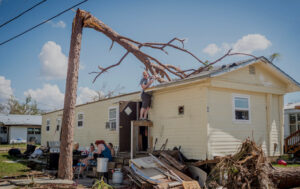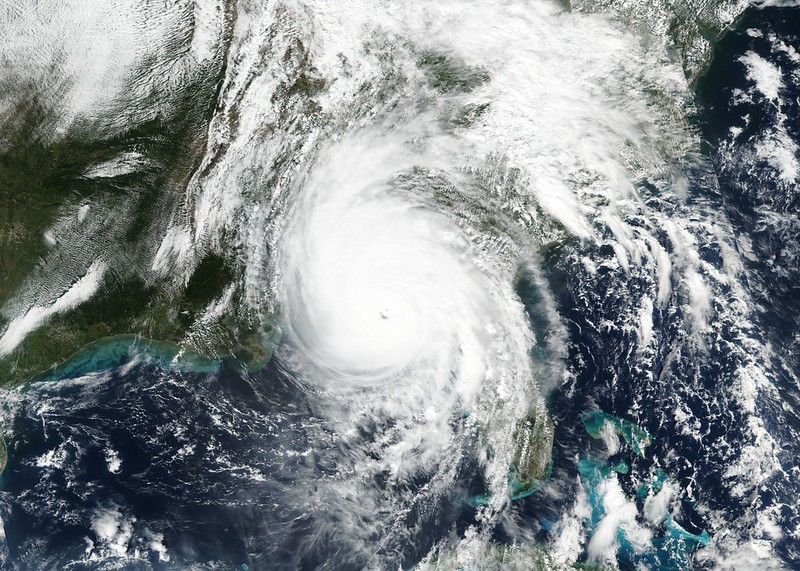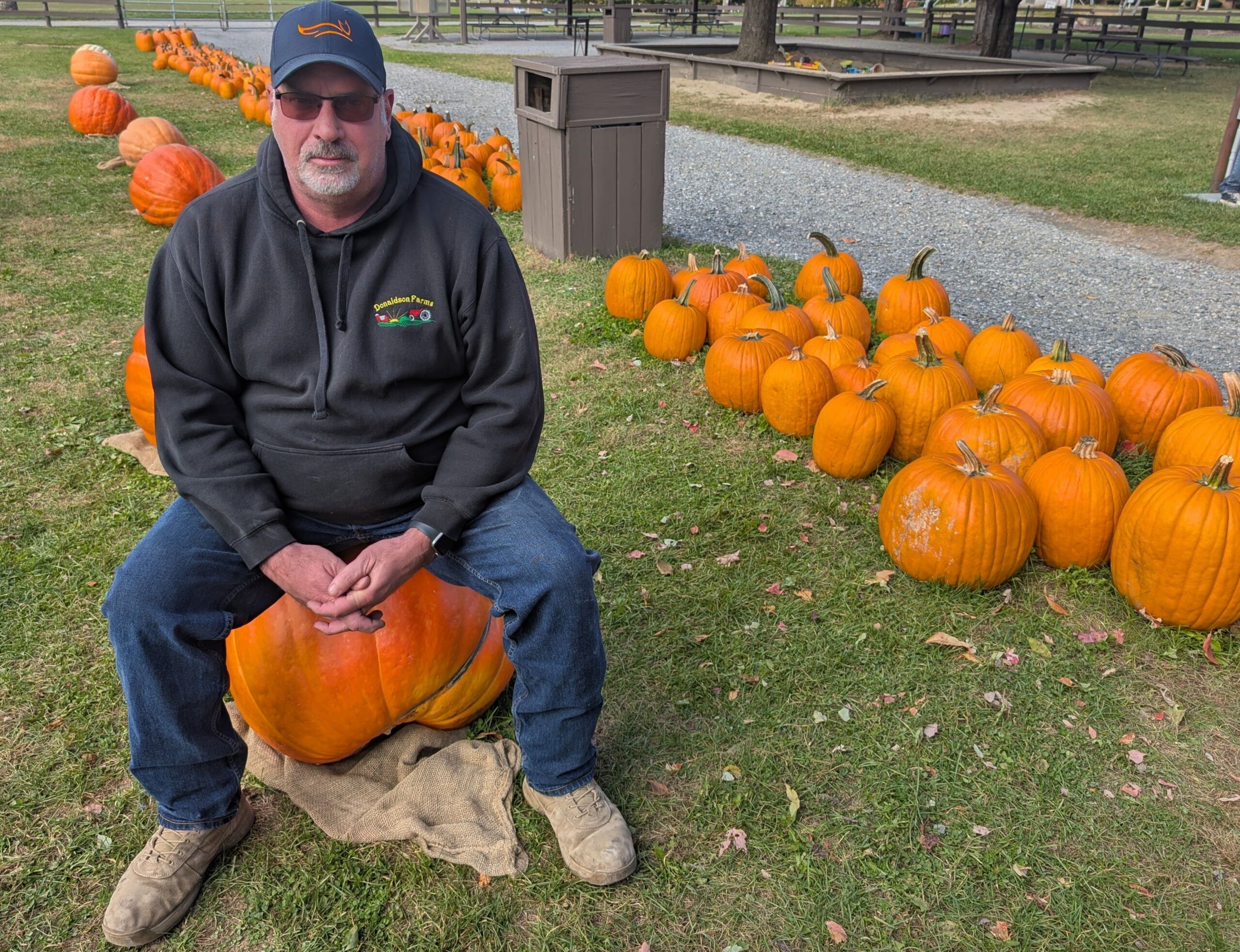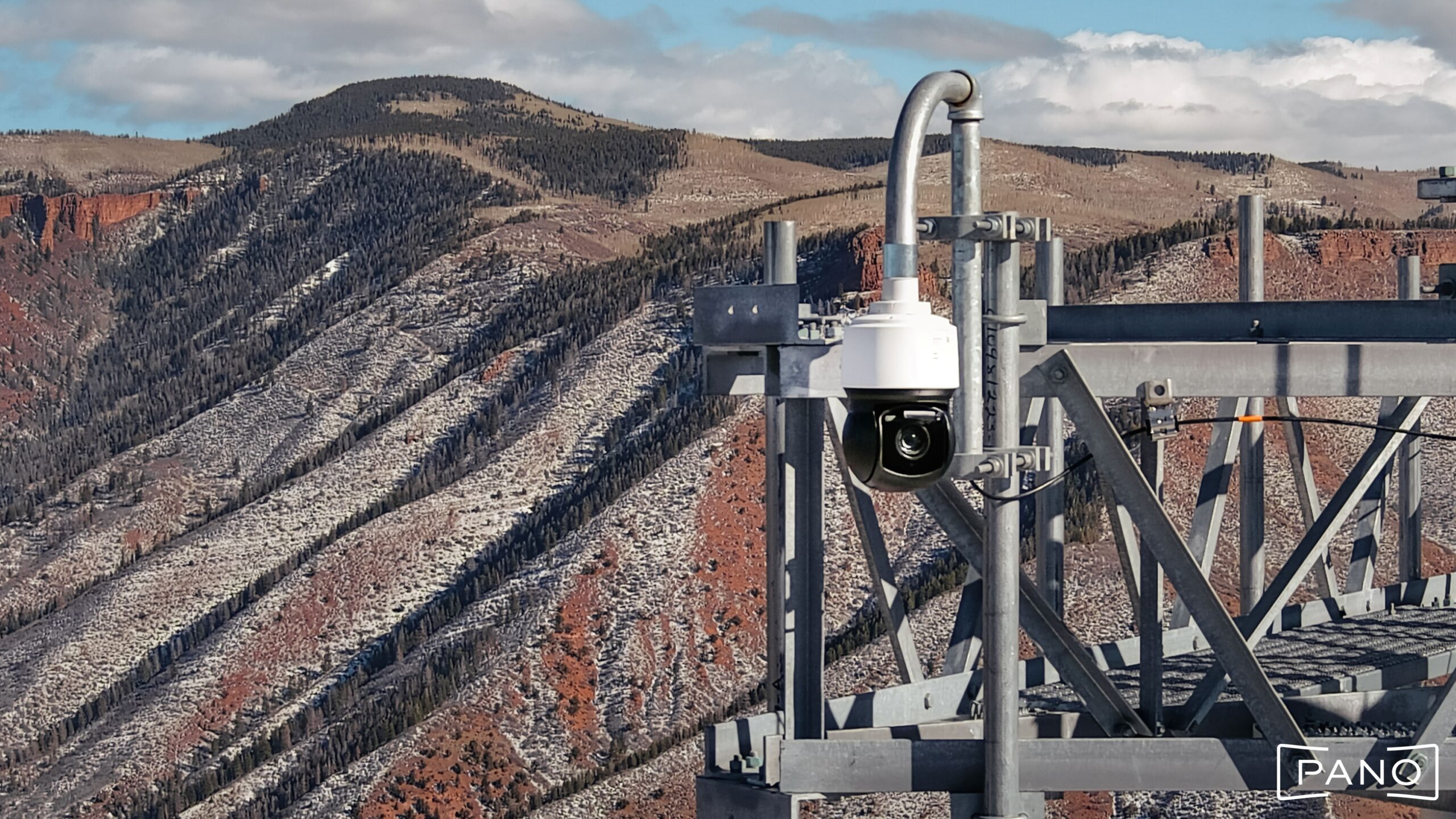(PANAMA CITY, FL) — For days, weather forecasters predicted that Hurricane Michael would make landfall in the Florida Panhandle. But as the rainfall started, Terry Thomas, a Publix manager, decided to wait out the storm in her home. While the store closed due to the forecast, Thomas was on call the next morning to help after the big storm. And, “We didn’t really have a lot of finances to fill up the car and go,” said Thomas.
Conditions quickly deteriorated when she went home to her family of four and three pets. On October 10, 2018, at 12:30 pm, Hurricane Michael made landfall as a Category 5 storm–the first in more than 25 years.
As the storm raged, Thomas and her family took shelter in the bathroom. Her granddaughter screamed as she watched telephone-pole-sized trees fall. A big pine tree had fallen at an angle. “It went right where we were all sitting just minutes or less before, it would have killed all four of us in the house,” said Thomas, crying as she recounts those moments.
By the time the storm passed, more than 45 people died and 60,000 homes were destroyed, with $25 billion in damages. In the Florida panhandle, the cities of Mexico Beach and Panama City faced the most severe consequences, enduring catastrophic damage inflicted by extreme winds and a storm surge. Tyndall Air Force Base reported a maximum wind gust of 139 mph (224 km/h) before the sensors failed.
The total estimated insured losses surpassed $5.5 billion, according to the state Office of Insurance Regulation. More than 75 percent of the claims had been successfully closed. Leaving Bay County with the highest number of claims at 86,533.

https://www.nytimes.com/2018/10/29/us/fema-hurricane-michael-panama-city.html
Five years later, Bay County continues to rebuild after the hurricane. Many of the impacted residents are Black, low-income, or elderly residents who live in neighborhoods that have generally been neglected by the state, Jan Booher, executive director of Unitarian Universalist Justice Florida, told Climate News. Many elderly residents were forced to go into their retirement savings and spend thousands of dollars to reconstruct parts of their homes.
Many residents are still waiting for repairs as a result of problems ranging from inexperienced adjusters who conducted incomplete assessments to contractors who didn’t complete the work. According to the Panama City News Herald, crews were sent to “visit work sites with equipment but not perform any work and then billed Bay County”.
Among those scammed was Nina Hudson whose home was gutted. She reached out to many contractors. One did $500 worth of repairs but sent an invoice for $15,000 to her insurance company. The shortage of contractors made residents pressured into agreeing to outrageous estimates for repairs.
Adding to the challenges of recovery, limited financial resources created obstacles including affordable housing; leading to having no choice but to stay in dreary conditions. Thomas’ home had to be gutted, requiring extensive renovation. She stayed in a shelter in Fort Walton Beach, an hour away from her home for nine months with her husband. Fallen trees and debris filled the roads leading to a 3-to-4-hour drive to and from work.
The next few years were difficult. Her husband died and Thomas didn’t have home insurance. “We were not in a hurry at first to get our house repaired,” she said. Her roof was leaking before the hurricane and it only added stress to the situation with all the new repairs. When she finally could afford a contractor, he did shoddy work. “The contractor had done so many things wrong with our house and I had to call for the electrician to rewire stuff several times,” said Thomas.
The community takes it day by day, with local groups and organizations providing resources such as food distribution, emergency/disaster planning, and bill-pay assistance. The unfinished jobs of contractors were somewhat offset by a $37 million grant from the Florida Housing Finance Corporation. In a video on mypanhandle.com, Donna Pilson, executive director for nonprofit Rebuild Bay County, said, “We knew that the recovery would take a while, and knew that we needed a local presence for a long-term recovery.
The trauma of Hurricane Michael still lingers as the area undergoes reconstruction. Palm trees with sparse fronds stand tall, and bright orange cones line streets as construction workers rebuild bridges and fallen buildings.
Despite Thomas being able to return, her house walls cracked from the poorly built foundation. And the aftermath of the storm has left her shaken.
“I still get scared when it rains now,” said Hudson.


